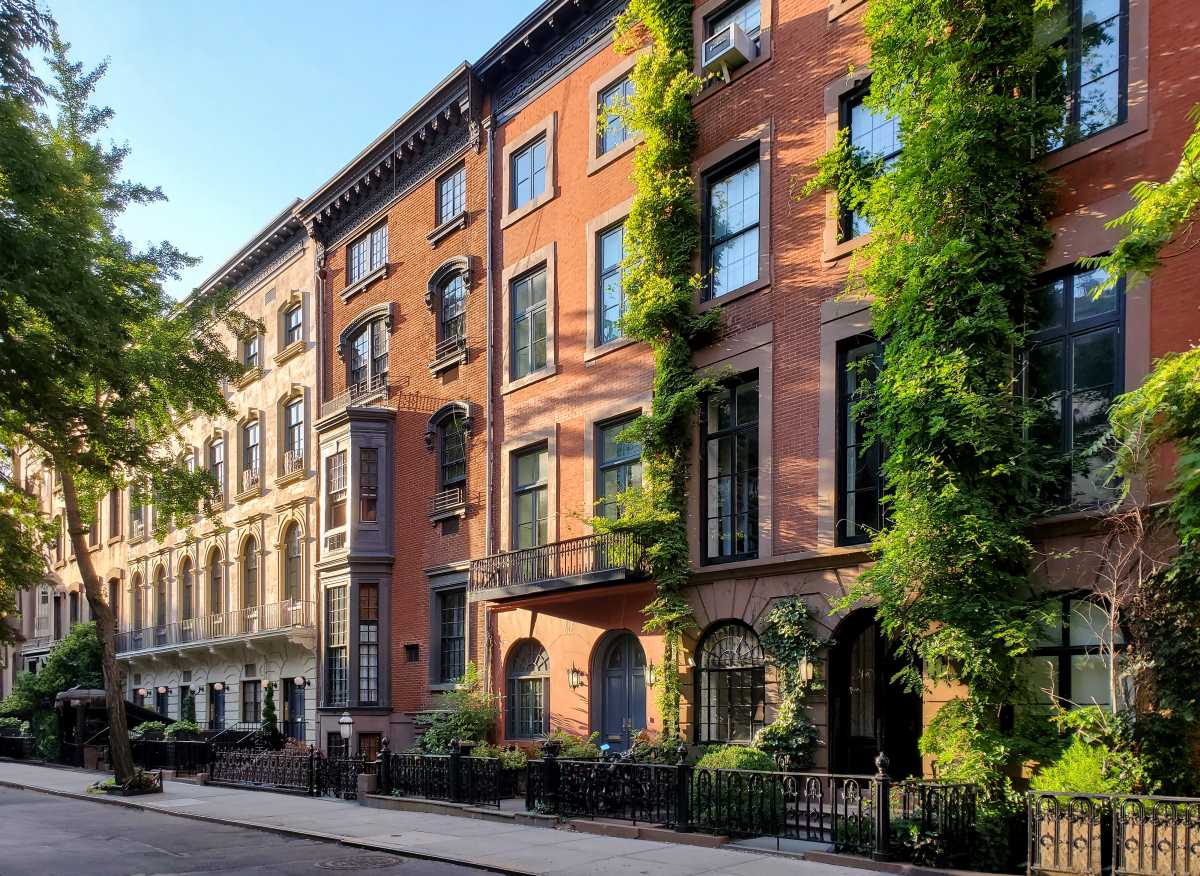
BY JACKSON CHEN | During the first public hearing on the proposed Midtown East rezoning, held September 22, elected officials, developers, landmarked building owners, and preservation advocates all voiced eagerness for the Department of City Planning to fill in the major blanks in the plan.
The DCP filed the Midtown East rezoning draft scope of work, which lays out major areas of focus for the impending environmental impact review, on August 22. The proposed rezoning would cover most of the blocks between East 39th and East 57th Streets, from Fifth Avenue to Third, with the district extending east to Second Avenue between East 42nd and East 43rd Streets. The rezoning is aimed at promoting new office building construction while providing resources to the many landmarked institutions the district is home to.
In its draft scope, the DCP mapped out maximum achievable floor-to-area ratios (FARs) — calculated by dividing the total floor space in a building by the square footage of the property on which it sits — of between 18 and 27, depending on the location within the district. Landmarked buildings have the right to sell development air rights to those constructing office towers within the district who wish to exceed the base FAR for their location.
The DCP’s proposal drew heavily from a report issued late last year by the East Midtown Steering Committee, which was co-chaired by Borough President Gale Brewer and East Side City Councilmember Dan Garodnick.
“I think the rezoning has the potential to not only ensure the future of a crucial part of our city,” Brewer said at the hearing, “but also to serve as an example of successful, engaged, community-based planning.”
Brewer said the DCP draft stayed true to the spirit of the Steering Committee recommendations issued last October, but she voiced several suggestions for the process moving forward.
The DCP should, in the borough president’s view, include the east side of Third Avenue as part of the scope of work since it could serve as a transitional zone between the commercial character of the rezoning district and the residential neighborhoods to the east.
Garodnick seconded that proposal, noting the impact the rezoning will have on nearby residential communities.
Both Garodnick and Brewer also urged the DCP to incorporate incentives for developers to include open spaces as part of their construction plans. Garodnick noted that the Steering Committee report had recommended giving developers a FAR bonus of 2 if a privately owned public space, or POPS, was created as part of a new construction project.

Many of those who spoke during the public hearing noted that the DCP still has work to do in fine-tuning its draft proposal. Because the department has yet to complete an appraisal of the transferrable development rights from landmarked buildings in the district, it has not laid out a specific process by which owners of these institutions can sell those rights to developers.
Nor has the assessment that the city will place on those transactions to fill the coffers of a Public Realm Improvement Fund yet been specified.
The unanswered questions have left preservationists like Andrea Goldwyn, the public policy director for the New York Landmarks Conservancy, which was part of last year’s Steering Committee, with many concerns. She explained that without clear guidelines on how development rights can transferred, owners of landmarked buildings remain in the dark about whether these transactions are financially feasible.
“We don’t know what this assessment is going to be, and it could have a big impact on whether the landmarks will be able to do the transfers,” Goldwyn said. “That’s a piece of information that the city didn’t have in the scoping documents.”
The conservancy would like to see the lowest possible assessments in order to guarantee that landmarks get the most out of the transactions and are able to fund needed restoration and maintenance of their historic buildings.
In a joint statement, the Archdiocese of New York and the trustees of St. Patrick’s Cathedral voiced concern about the assessment to be put on the development rights transfers.
“Our obligation to both maintain the landmarked Cathedral as well as provide services for New York City’s neediest citizens profoundly emphasizes the importance of maximizing the revenue from development rights sales,” their statement read. “For the city to tax this critically important source of funds erodes the very purpose of allowing flexible transfers.”
After reviewing the scoping documents, the archdiocese and the cathedral trustees recommended that the scope of work examine how the diversion of transfer rights proceeds into a public improvement fund would impact the ability of the district’s landmarked religious institutions to fund their maintenance.
On the other side of the equation, developers also voiced concerns about how the transfer of development rights will be facilitated. While SL Green — the developer of the 1,401-foot tower going up across Vanderbilt Avenue from Grand Central Terminal that has its own zoning text amendment but is within the East Midtown rezoning district — strongly praised the DCP’s efforts, the company made recommendations regarding the timely use of development rights that are purchased.
Cameron Tudhope, a development associate at the company, said the DCP should consider limiting the sale of development rights to companies prepared to start construction or that can otherwise show a readiness to utilize them. He said that development rights should expire within 15 to 20 years to discourage the hoarding of them.
SL Green is also suggesting that the DCP create two to three sub-districts within the rezoning area so that the total stock of development rights are evenly distributed throughout.
Following the September 22 hearing, the DCP continued taking written comments until October 4. The agency did not respond to a query about when its assessment of development rights values and its recommendation for the city assessment on their transfer would be announced.




































